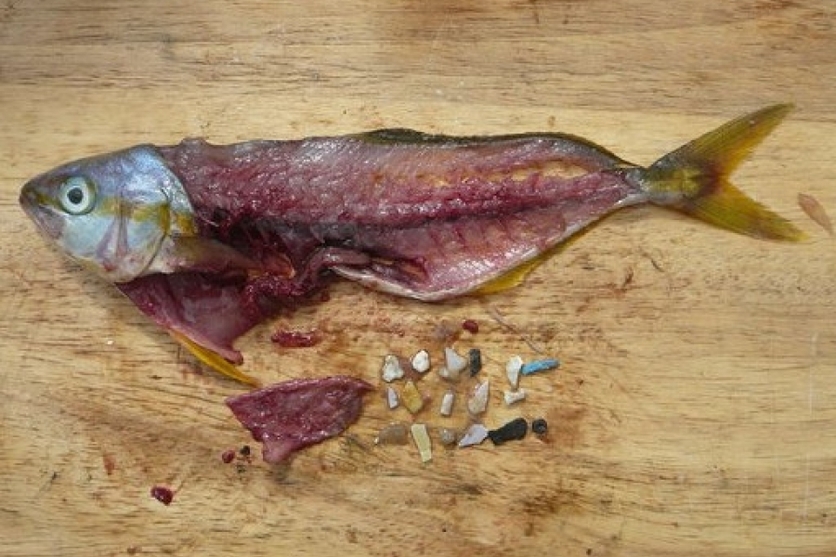The U. S. National and Atmospheric Administration (NOAA) describes microplastic as any kind of plastic fragment that is less than 5 mm in length . In short they can also be described as very small prices of plastic that pollutes the environment . These microplastic enter the ecosystem through a variety of processes and sources some of which also include cosmetics , clothing and industrial processes . These plastics pose as a huge problem . They can accumulate in large quantities and can harm marine animals when ingested . While extensive research has been carried out in understanding the role of plastics at the surface of the ocean , few have been able to comprehend just how much microplastic reaches the seabed of the ocean. This is a difficult problem considering the cost and the depth of the ocean.
When researchers quantified the amount of microplastic quantified in the great Australian bight , a large ocean area South of Australia in which a huge variety of marine animals are nestled, they extrapolated that an estimated 14 million tonnes of microplastic exist on the whole ocean floor. This research has significant implications for understanding the gravity of the plastic problem in the ocean.Experiments show that microplastics damage aquatic creatures, as well as turtles and birds: They block digestive tracts, diminish the urge to eat, and alter feeding behavior, all of which reduce growth and reproductive output. Their stomachs stuffed with plastic, some species starve and dieIn addition to mechanical effects, microplastics have chemical impacts, because free-floating pollutants that wash off the land and into our seas—such as polychlorinated biphenyls (PCBs), polycyclic aromatic hydrocarbons (PAHs), and heavy metals—tend to adhere to their surfaces.
Previously, it was widely believed that plastic floats and persists only on the ocean surface , with most researchers just beginning to comprehend it’s role deep in the ocean. Knowing how much plastic sinks to the ocean floor is an important addition to our understanding of the plastic pollution crisis. But stemming the rising tide of plastic pollution starts with individuals, communities and governments – we all have a role to play. Reusing, refusing and recycling are good places to start. Seek alternatives and support programs, such as Clean Up Australia Day, to stop plastic waste from entering our environment in the first place, ensuring it doesn’t then become embedded in our precious oceans


